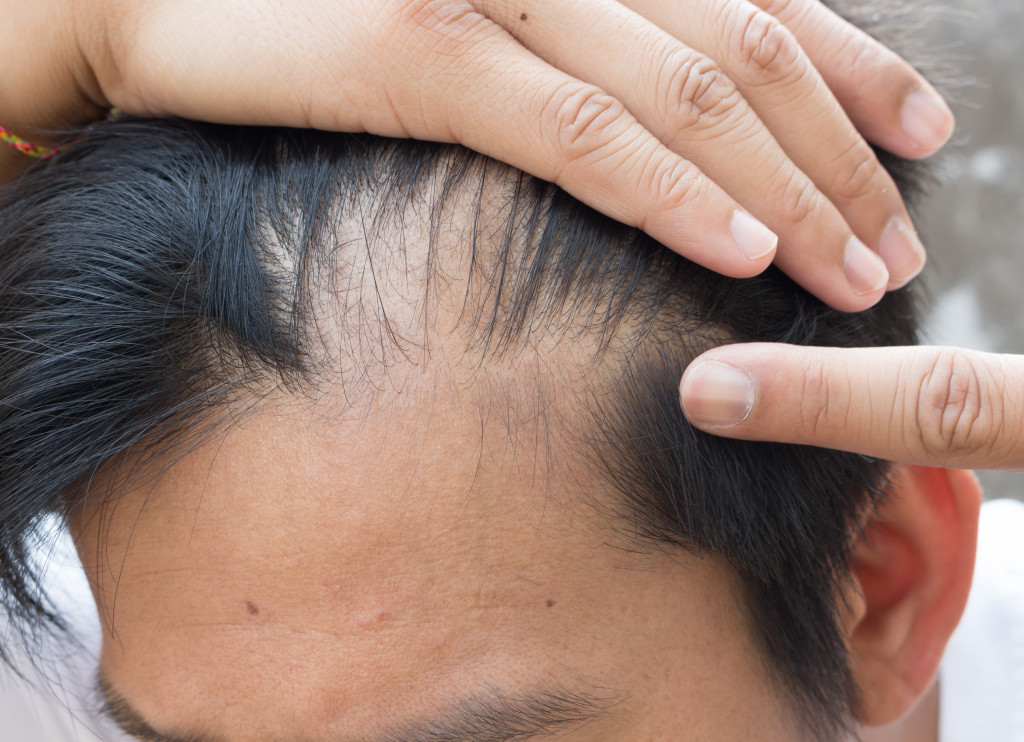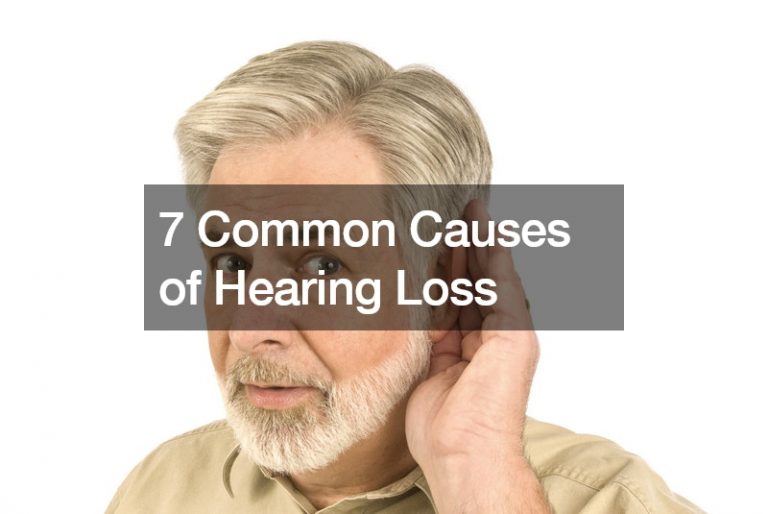- Scalp micropigmentation uses micro-needles to create an illusion of hair follicles, restoring confidence in those with hair loss.
- Topical treatments like minoxidil improve blood flow to the scalp, helping reduce hair loss and stimulate hair growth.
- Prescription solutions like finasteride work by inhibiting hormones responsible for hair loss, offering localized treatment with fewer side effects.
- Hair transplant surgeries transplant hair follicles to thinning areas, providing a natural solution for advanced hair loss cases.
- Low-Level Laser Therapy stimulates hair follicles and improves scalp blood circulation, potentially improving hair growth and quality.
Hair loss can be an incredibly daunting and distressing experience, particularly for those who attach a significant amount of self-worth to their appearance. Despite being an extraordinarily natural and common occurrence, hair loss can strip individuals of their confidence and sense of self, leaving them feeling lost and alone.
It’s common for hair loss to cause significant emotional distress, ranging from anxiety and embarrassment to depression and isolation. In the modern world, appearance and how you present yourself have become increasingly important, and hair loss can make it difficult for individuals to feel confident in their skin.
However, individuals struggling with hair loss can regain their confidence and feel comfortable in their skin again, thanks to innovative hair loss treatments.
Scalp Micropigmentation
One of the newer and most innovative hair loss treatments is scalp micro pigmentation. This involves using tiny micro-needles to deposit pigments into the scalp, creating a realistic illusion of hair follicles that have been freshly shaved. It involves a three-step process: consultation, creation of a hairline diagnosis, and pigmentation.
Scalp micropigmentation requires high expertise, precision, and the right equipment. It is. Hence, it is essential to choose a professional scalp micropigmentation artist with experience and knowledge in performing the procedure for the best results. With the right technician, individuals can achieve a natural and realistic hairline design customized to their needs.
Topical Treatments for Hair Loss
Topical treatments such as minoxidil have also been discovered to be effective, innovative hair loss treatments. These treatments are typically available over the counter and contain ingredients that help to improve blood flow to the scalp. They also work by reducing the levels of enzymes that contribute to hair loss.
Here are three topical treatments for hair loss:
Minoxidil
Minoxidil is a widely used over-the-counter topical solution for hair loss. It is available in various strengths and formulations, such as foam or liquid. Minoxidil is believed to stimulate hair follicles, promote hair growth, and slow down hair thinning. It’s suitable for both men and women and is often applied directly to the scalp.
Finasteride Topical Solution
Finasteride is an FDA-approved prescription medication that comes in topical solution form. It works by inhibiting the hormone responsible for hair loss in genetically predisposed individuals. The topical formulation offers a localized treatment option and may have fewer systemic side effects than oral finasteride.
Ketoconazole Shampoo
While primarily known as an antifungal shampoo, ketoconazole shampoo also has potential benefits for hair loss. It may help reduce inflammation on the scalp, which can contribute to hair loss. Some studies suggest ketoconazole shampoo might positively affect hair growth when used with other treatments.

Medical Interventions Hair Loss
Medical intervention may also be required for individuals experiencing significant hair loss or alopecia. Medications such as:
Hair Transplant Surgery
Hair transplant is a surgical procedure where hair follicles from areas of the scalp with thick hair are moved to areas with thinning or receding hair. Two common techniques are employed: Follicular Unit Transplantation (FUT) and Follicular Unit Extraction (FUE). This surgical intervention can yield natural-looking outcomes and is often recommended for individuals with advanced hair loss.
Low-Level Laser Therapy (LLLT)
LLLT is a non-invasive treatment that uses low-level laser devices or caps to irradiate the scalp with low-energy laser light. This light is thought to facilitate the growth of hair follicles and improve blood circulation in the scalp, which may lead to increased hair growth and improved hair quality.
Prescription Medications
In addition to finasteride and minoxidil, other prescription medications may be used off-label to treat hair loss. For example, dutasteride is another medication that inhibits DHT production and may be used to address hair loss. Consultation with a healthcare provider is necessary to determine the appropriate medication and dosage.

Hair loss can be challenging to navigate, but it doesn’t have to be the end of the road. With innovative hair loss treatments such as scalp micropigmentation, topical treatments, and medical interventions, individuals struggling with hair loss can again look in the mirror and feel confident in their appearance.
Whatever treatment options individuals choose, consulting with a professional and working with them to create a personalized treatment plan that effectively combat hair loss is essential. By doing so, individuals can regain the confidence they need to succeed personally and professionally.






